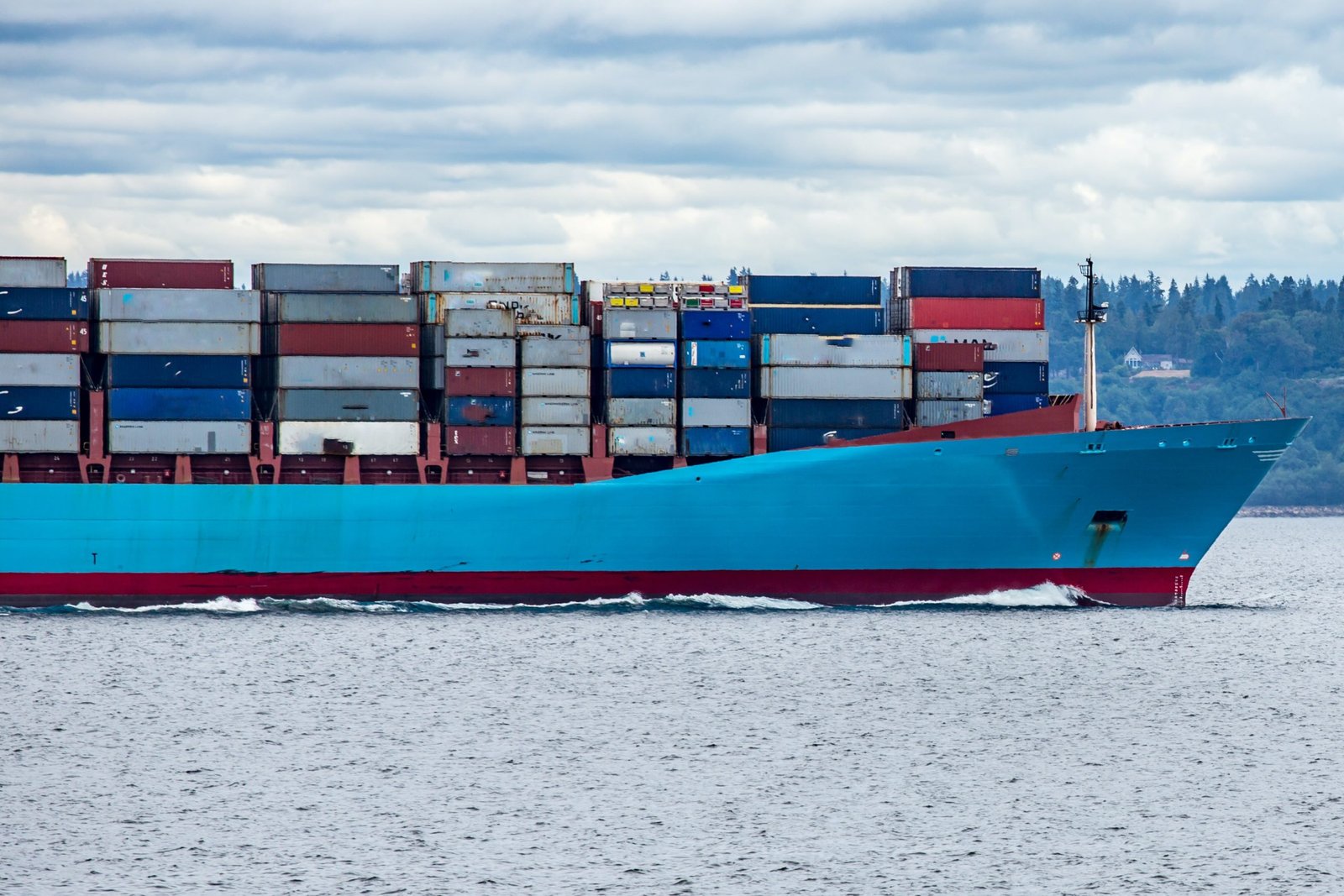Thanks for joining our journey of counting down the 8 & 9: Countdown of the Top 25 Supply Chain Performers management, and welcome to the single digits. Gartner exists to support businesses to improve their supply chain, and part of that is the sharing knowledge of how the world’s most successful companies are operating and innovating. Our aim is for this list to inspire and educate us all on some best practices and success themes from the ones currently doing their best.
We discovered the supply chain features that made AbbVie and Alibaba successful giants in their industries in our last article, who ranked as numbers 11 and 10 on our list. In this article, we explore L’Oréal and Walmart – the household names placed at number nine and eight on our list, have gotten where they are through effective supply chain management.
9. L’Oréal
Through digitization and supply chain strategy, the beauty cosmetic and personal care manufacturer L’Oréal has outperformed their peer group over the last decade. For a global distribution network to deliver seven billion products accurately and at the right time every year is no small feat.
The cosmetic leaders incorporated a range of innovative technology and decisions to sustain such a complex system. High-speed automation, operational excellence incentive programs, and cutting-edge warehouse management systems to enhance digitization are the types of procedures that keep L’Oréal adjusting to its growth.
Embracing Globalization and Digitization
L’Oréal’s global supply chain strategy is a prime example of a successful customer-centric operation by adapting their strategy to embrace globalization. L’Oréal takes a dynamic approach to the different markets worldwide and acquires brands at a local scale to study customer’s interaction and demand for the product. They then focus on bringing to a global scale using a supply chain created for agility and adapt to emerging customer needs.
To adapt to the anticipated shifts in consumer demand, L’Oréal focuses on continuously improving their digitization, which consists of moving their business to e-commerce as much as possible. They’ve adjusted their marketing and budgets to make this shift actively, and their supply chain team works closely with digital marketing to activate the markets and interpret user data.
A shift to digital sales facilitates more accurate user data, which they use to map customer preferences consistently. With knowledge of customer preferences, they can align their portfolio and deliver personalized marketing and products.
Sustainability
L’Oréal not only wants to deliver products efficiently and reliably, but they have ambitious sustainability goals as well. Many of their distribution centers have become carbon neutral over the past five years, and they have plans and incentives to continue this venture.
Out of the centers, they’re switching up transportation methods to support their goals, too, by increasingly shifting their transportation from road to rail and developing more eco-friendly last-step delivery processes. Finally, their product packaging incorporates waste reuse to replace plastic and fill voids for secure shipping.
Sustainability is an important ethical goal for companies, but it also has its business advantages. Customers increasingly value eco-friendly products and are placing more trust in sustainable businesses, thus enhancing L’Oréal’s reputation. It also delivers an opportunity to stay ahead of regulations and adjust procedures while they have time to consider the best solutions and not when operational breaches force them to.
8. Walmart
Effective supply chain management is placing the right items in front of the customer at the right time as efficiently as possible, and few do it better than Walmart. The retail giant has partnered with progressive technology teams to transform its supply chain for a successful in-store and online experience and maintain its market-leading status.
Enabling Technology for Improved Customer Experience
Known for their low prices, cutting costs within their supply chain had to be part of their strategy to meet their business objectives. By enabling tools and technology, their ability to track inventory and restock shelves accordingly became so automated that they could pass the time and money they saved on to their customers.
Their technology advancements also moved in-store, investing in technology to improve the customer experience, like smart devices to reasons for customer inventory queries and mobile apps to offer diversified platforms for transactions. Walmart aims to innovate and trial technology wherever they can if it helps their customer experience, whether through direct customer interaction or ensuring their supply chain supports customer demand.
Cohesive Partners
Businesses within the Walmart supply chain synchronize their supply through a cohesive and collaborative forecasting and replenishment system. Each of Walmart’s suppliers must connect to a centralized database that delivers inventory insights through a store-level point of sale system. By scanning barcodes, information is collected and analyzed to enhance operations while informing manufacturers of the demand for their products.
This centralized database enabled Walmart’s Retail Link, which displays real-time sales data straight to distribution centers to trigger replenishment operations. Retail companies were hesitant about collaborating when Walmart initiated this system, as competitors didn’t see the value in sharing information.
Strong leadership from Walmart’s supply chain managers encouraged their partners to jump on board by highlighting the benefit of sharing information between stores, suppliers, and distribution centers to help each other and the collective goal. Improving collaboration resulted in fewer connection points and less room for error, benefiting both Walmart and their suppliers. In this way, Walmart revolutionized the retail industry with this cooperative approach and taught us all the power in leadership, strategy, and empowering teams, which are three of Gartner’s supply chain success themes. (8 & 9: Countdown of the Top 25 Supply Chain Performers)


